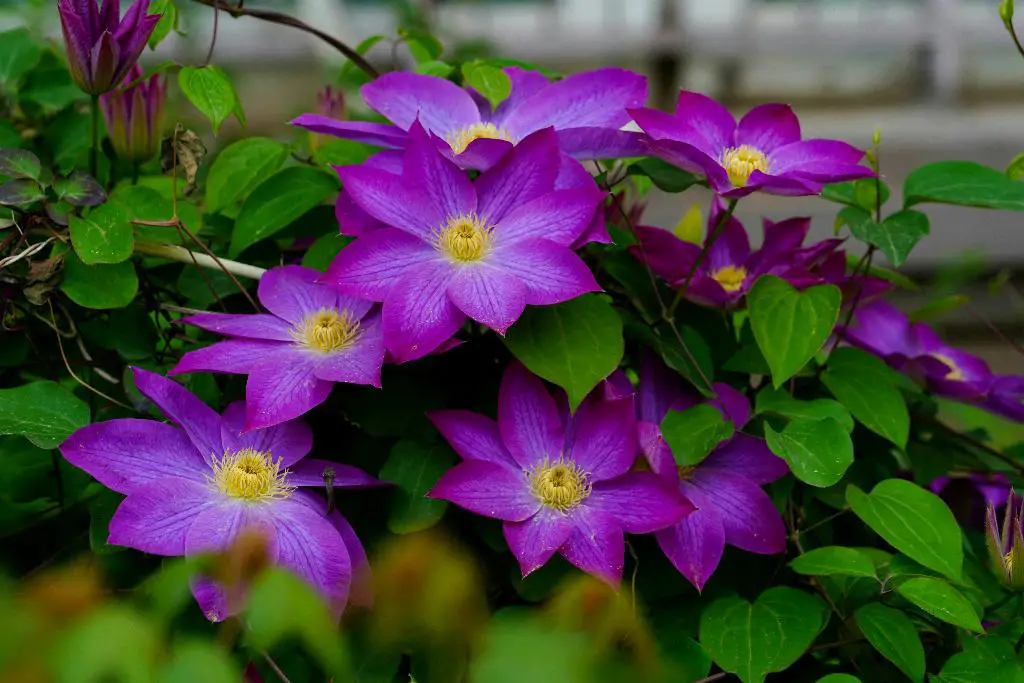When it comes to planting clematis, timing is key. Choosing the right time of year to plant your clematis can have a significant impact on its growth and overall health. Knowing when to plant this beautiful flowering vine can help ensure its success in your garden.
Spring and autumn are widely regarded as the best times to plant clematis. In late spring, the soil is typically moist and warm, creating optimal conditions for the plant to establish its roots. Similarly, planting in early autumn allows the clematis to take advantage of the mild temperatures before the onset of winter.
While spring and autumn are ideal for clematis planting, you can still plant this vine in the summer months. However, planting in summer does come with its challenges. The hotter weather means that you will need to monitor the plant closely and water it more frequently to ensure proper hydration.
It is important to avoid planting clematis in winter. The cold temperatures and frost can be detrimental to the plant’s health, especially during its early stages of growth. Waiting until the warmer months of spring, summer, or early autumn will provide the clematis with the best chance of thriving.
When selecting a location for your clematis, keep in mind that these plants are versatile and can adapt to various growing conditions. Whether you plant them in a sunny spot or a partially shaded area, clematis can flourish as long as they receive adequate sunlight and well-draining soil.
Before planting your clematis, it’s essential to prepare the soil properly. Make sure the soil is rich in nutrients and organic matter to support the plant’s growth. Adding compost or other organic amendments can help create a hospitable environment for your clematis.
When planting your clematis, be sure to dig a hole that is twice the size of the plant’s root ball. This will give the roots ample space to spread out and establish themselves in the soil. Gently loosen the roots before planting to encourage healthy growth.
Once you have planted your clematis, water it thoroughly to help settle the soil and provide the plant with much-needed hydration. Regular watering is essential, especially during the plant’s early growth stages, to ensure that it establishes well and develops a strong root system.
Consider adding a layer of mulch around the base of the clematis to help retain moisture and suppress weed growth. Mulching can also help regulate soil temperature and protect the plant’s roots during extreme weather conditions.
As your clematis continues to grow, consider providing support for the vine to climb. Adding a trellis, arbor, or other structure can help guide the plant’s growth and create a beautiful vertical display in your garden.
Regular maintenance, such as pruning and fertilizing, can help promote healthy growth and abundant flowering in your clematis plant. By following these care tips and planting your clematis at the right time of year, you can enjoy a thriving and vibrant garden addition for years to come.
In conclusion, the best time to plant clematis is in late spring or early autumn, with summer also being a viable option with proper care. Avoid planting clematis in winter, as the cold temperatures can harm the plant. With the right timing, location, soil preparation, and care, your clematis can flourish and add beauty to your garden landscape.

